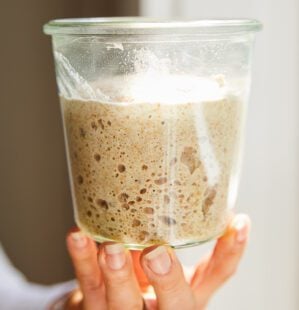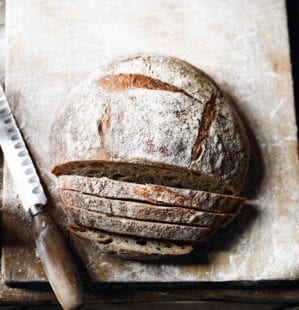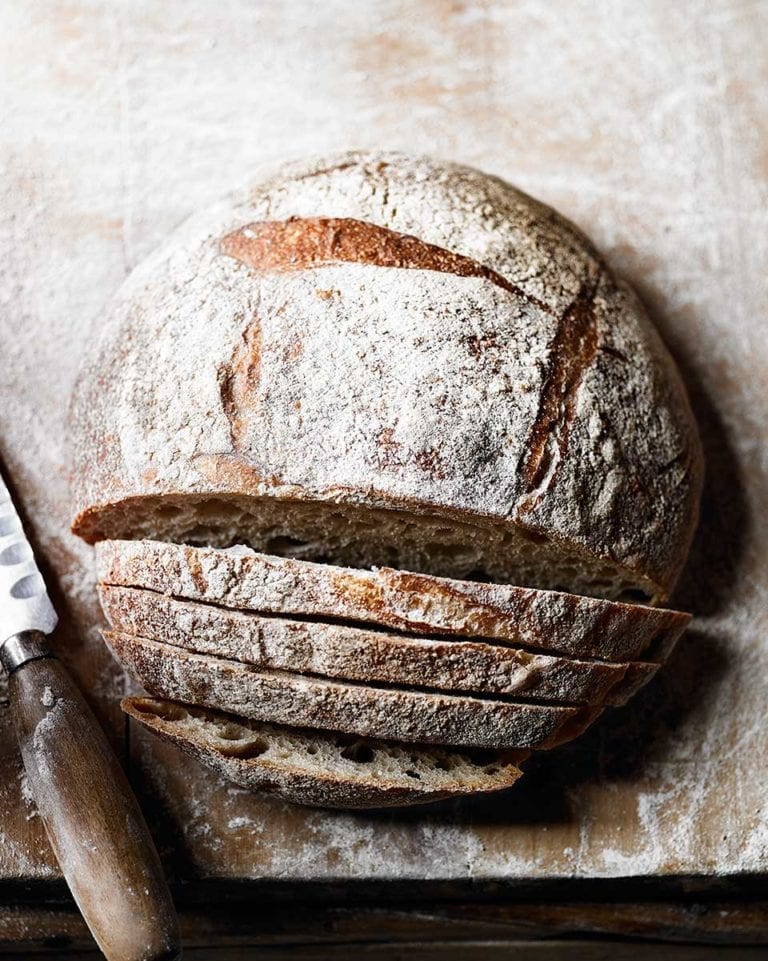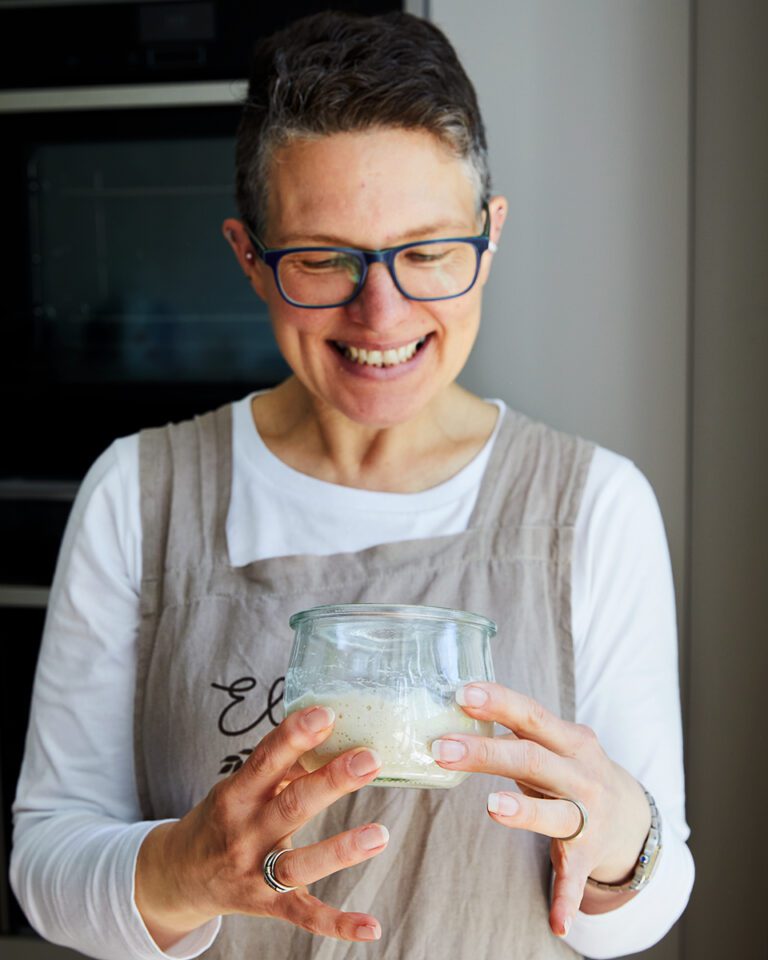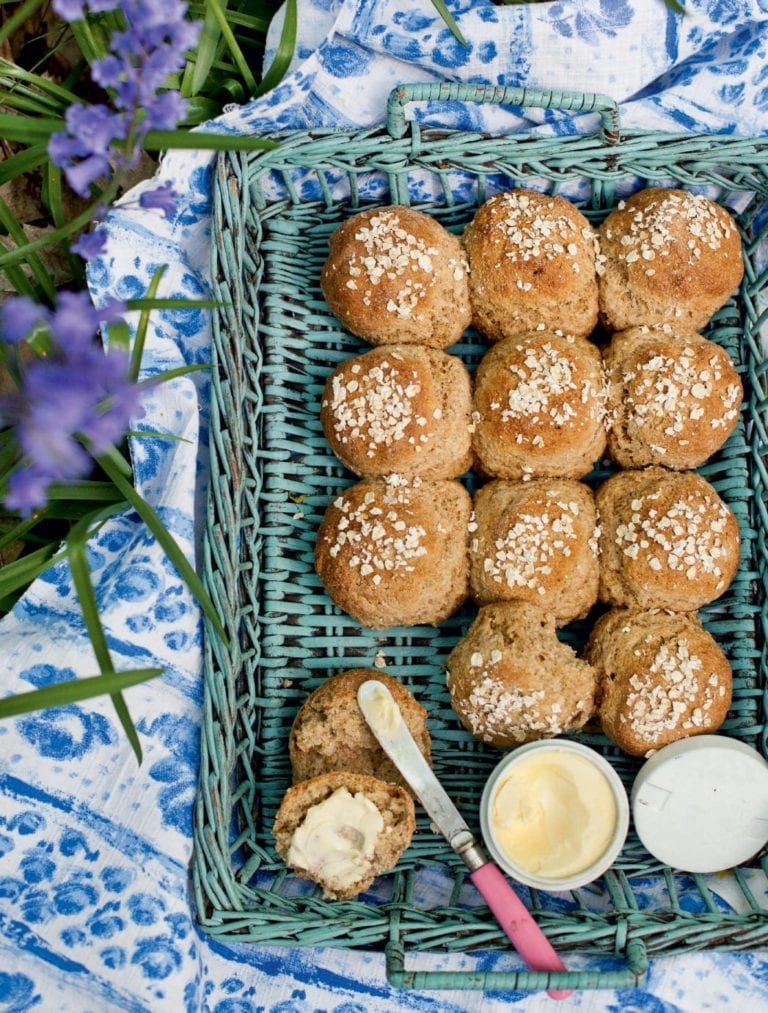How to prove your sourdough and troubleshooting tips
Whether you’ve over-proved your sourdough or you aren’t sure the dough is ready for the oven, here I bring you tips and techniques for telling when your dough is properly proved, plus ideas on what to do with an over-proved dough. One thing is for sure: you never need to throw out a dough!
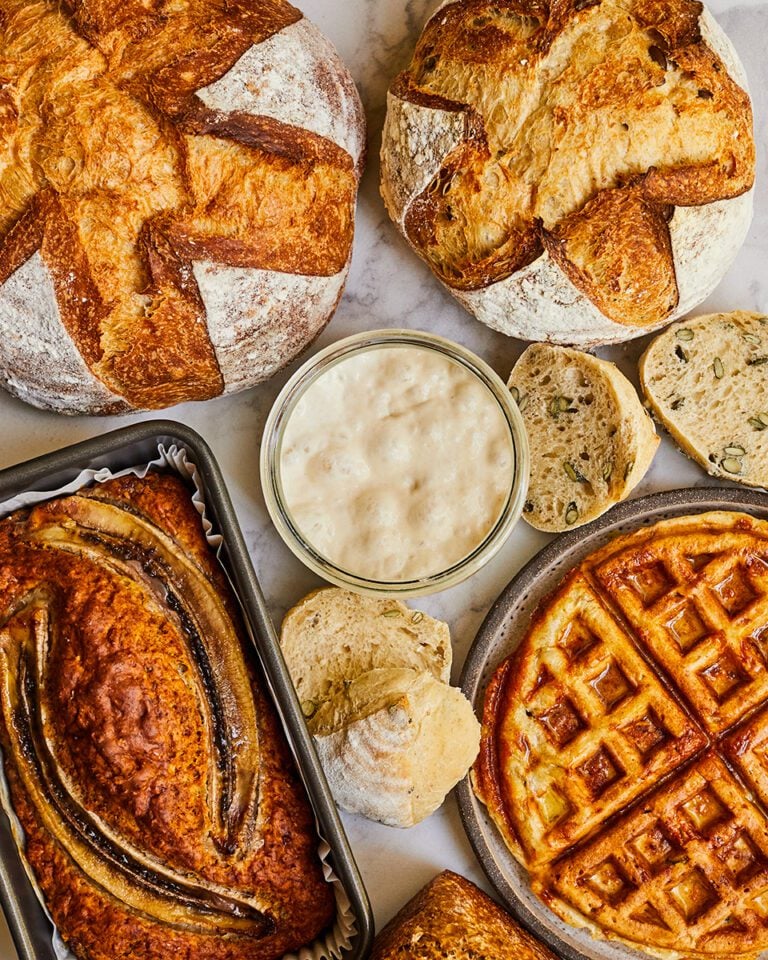
What is proving?
Proving dough happens once we have mixed all of the ingredients for our dough and then allow it time to rise and grow and ‘prove’. Proving dough can seem like a minefield, especially with sourdough, but I am here to show that it is truly a lot simpler than you may think. The key difference between making sourdough and standard yeasted breads is time: sourdough takes a lot longer to prove and it’s that extra time that makes it sourdough. This proving time is when the texture and flavour of your bread is developed. But this longer time means that the dough can be more subject to influences – in particular, changes in room temperature.
One of the greatest threats to successful proving that I come across is a fear of spoiling dough. My greatest advice is always to not overthink it and learn to watch your dough and not the clock. This is the best way to see how YOUR dough behaving, in YOUR kitchen and how best to work with it.
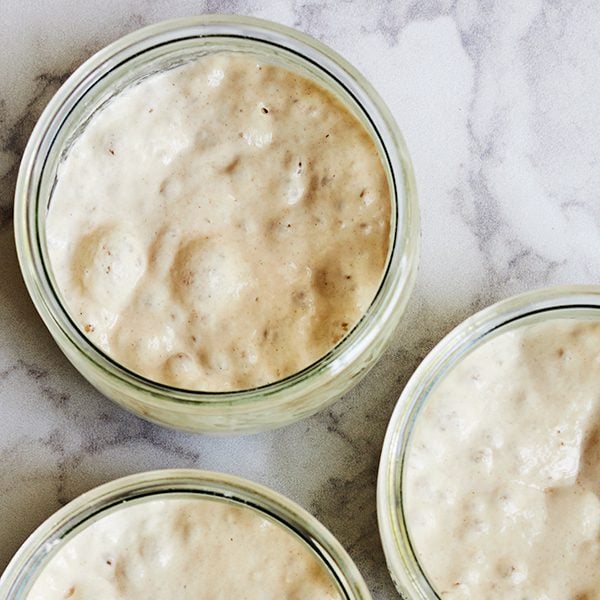
Time and temperature
As with all living things, sourdough starter and dough responds to heat and cold. In the heat, starters and doughs work a lot faster as the wild yeast ferments faster. Whereas in the cold, they respond much more slowly, and take a lot more time to do their job. As soon as you apply this to your sourdough making, everything becomes simpler. And the good news is that you’re fully in control of this.
What is well proofed dough?
A well proofed dough is a dough that has grown to its ideal size and has developed the structure and strength to bake into a successful loaf. It will typically have doubled in size and the dough will have a smooth, slightly domed surface. When you handle it, it will be structured, not particularly sticky, and easy to form into a nice tight ball.
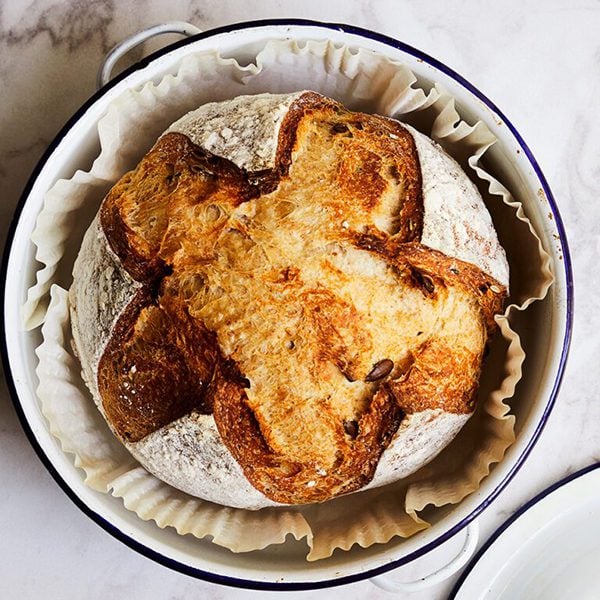
What is under-proved dough?
An under-proved dough will be a lot smaller, because it hasn’t grown enough, and it will be quite stiff to handle. At this point the best thing to do is to allow your dough more time to prove. Under-proving can be a result of a weak starter or, most often, a cold room temperature.
How to recognise an under-proved loaf
A loaf baked from an under-proved dough will typically have a peak in the middle where the dough has tried to grow as it baked, with thin flatter edges. It will have a triangular shape if you cut through the middle of the loaf. The loaf will be quite pale on the outside and will be dense on the inside, especially at the base, with large random holes towards the top of the peak. It will still taste okay, but will not be as light as it could be.
What is over-proved dough?
Dough that is over-proved will have lost any structure, will typically fill the bowl, and may even be trying to escape the bowl after its main prove. It will be shiny, bubbly and lively and will seem very exciting, but the whole dough will be loose and as soon as you touch it, it be will very sticky and hard to shape.
How to recognise an over-proved loaf
An over-proved dough will bake to a wide, flat loaf, with a pale exterior and small holes inside with a slightly moist texture. It will taste great, often very sour, but will not be as light and airy as you may wish and be hard to use due to the shape.
Over-proved dough tends to be the result of a warm environment and the dough being left to prove in that environment for too long. It could also be the result of dough just being left to prove for too long, or made with too much starter.
The best thing to do with really over-proved dough is use it to make focaccia or flatbreads – something that doesn’t require structure or hold.
And never EVER throw dough out – it can always be used.
Ready to master sourdough? Read Elaine’s introduction to sourdough baking and try her recipes for a classic sourdough loaf and sourdough banana bread.
Subscribe to our magazine
Food stories, skills and tested recipes, straight to your door... Enjoy 5 issues for just £5 with our special introductory offer.
Subscribe
Unleash your inner chef
Looking for inspiration? Receive the latest recipes with our newsletter
